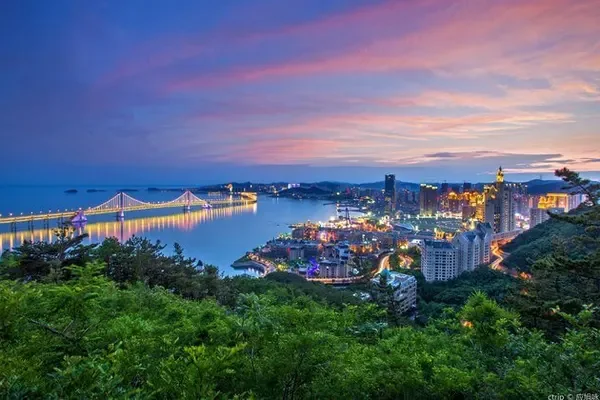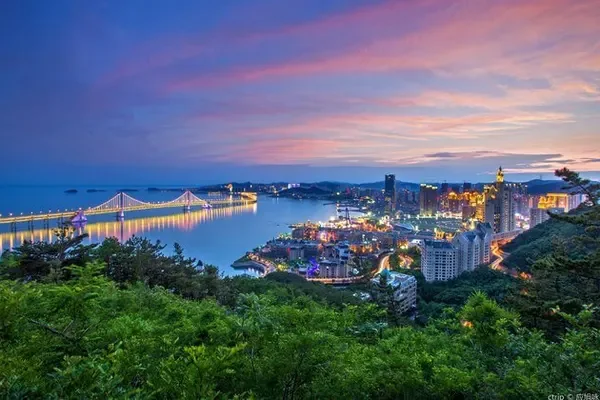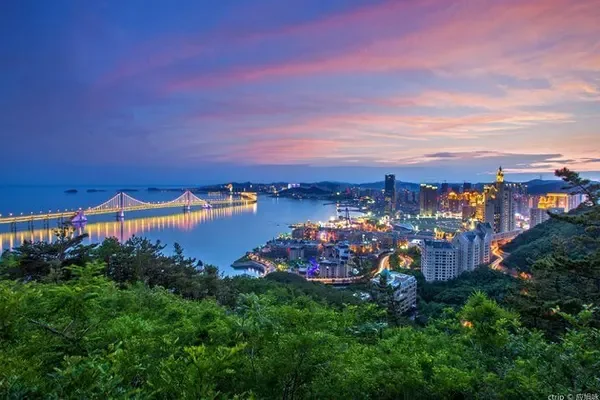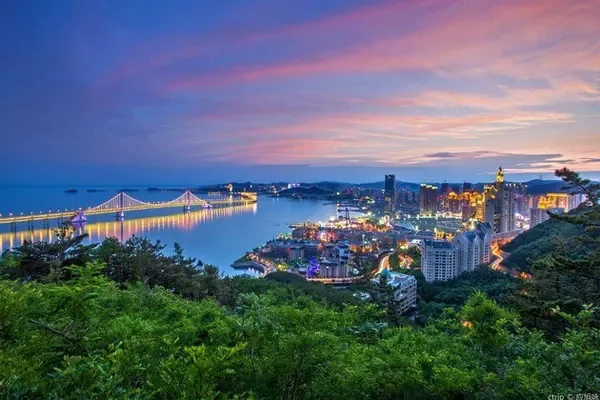Beijing weather: sunny
With whom: friends
Accommodation: Yujing Nanluo Hotel
Comments: Choosing a hotel in an alley may be because you want to experience the ordinary life of Beijingers. When I checked in, the kindness of the sister at the front desk + the beautiful environment really made me feel that way. In fact, as a consumer, sometimes I feel that way. If I feel right, I think it's worth it. I found what I want here That kind of feeling, the affinity of the sister at the front desk + the attentive supporting facilities of the hotel will make you feel very warm.
1. Introduction
Red Brick Art Museum, located in the International Art District of No. 1 Hegezhuang, Beijing, was founded by entrepreneurs and collectors Yan Shijie and Cao Mei.
Dong Yugan, a professor at the Architectural Research Center of Peking University, is in charge of the design.
Some exhibitions are often held, which are more avant-garde, but the scale is generally small and the fees are high.
What attracts everyone is its unique brick structure architectural design, which has become a place for online celebrities to check in;
Its characteristic exhibitions also attract literary youths, art lovers and workers to find out.
As an art museum, its architectural design and some exhibition arrangements have the following characteristics:
1) Red bricks are the mainstay, blue bricks are the supplement, simple and plain;
2) The interior is not big, and the outdoor garden is full of Chinese style;
3) It can be exhibited indoors and outdoors, which is natural and rich;
4) Small scale, few exhibits, high-quality goods, more avant-garde;
5) The designer has indeed created an art museum that is "feasible, hopeful, livable and touristable".









2. Exhibition
One afternoon at the beginning of 2019, while visiting the Red Brick Art Museum, I saw an exhibition (tickets 120 yuan):
"Yi Li· Signs and Changes" (November 3, 2018 to April 7, 2019)
Curator: Tarek Abu Elfidou
Artists: He Ziyan, Hu Xiaoyuan, Liu Zhaoxing, Anish Kapoor, Tomoko Kashiki, Taos Makhacheva, Park Chan-kyung, Waleed Ladd, Chai Sri, Apichatpong Velas Hagu.
Entering the exhibition area, next to it is a collection of works: Dao Yin Wuming.
Many punchers are taking pictures.
Mirror image, mutual reflection, light and shadow, light and darkness, circle and square, big and small, real and virtual, near and far?
The author uses very simple representations to let the viewers experience, comprehend, and feel!
Olafur Eliasson (b. 1967, Iceland/Denmark) is a visual artist working in the mediums of installation, painting, sculpture, photography and film.
Eliasson's public space projects include The New York City Waterfalls in 2008 and Ice Watch in Copenhagen in 2014 and Paris in 2015.

The Unspeakable Opennes of Things, The Unspeakable Opennes of Things, 2018


Entering the exhibition hall, what is more attractive is the work of Anish Kapoor (Anish Kapoor), who designed Chicago's "Cloud Gate":
"Sinking" Descension.
What is fascinating is the loud roar....
From the swirling water and air and the friction of the swirling water against the uneven side walls, not from the speaker!
Striking is the endless, dynamic vortex (from the bottom electrically driven turbine)!
round pool,
The black water is constantly churning,
Swirls, bubbles, attract...
sinking, without end...






Hu Xiaoyuan (born 1977 in Harbin, Heilongjiang, China)’s three-channel video installation Cutting the Ice and Crossing the Sea (2012),
The statement on the official website is:
An unbearable inner emotional and physical tension drives the performers in front of the sea to struggle against the ever-changing broad nature.
I prefer the interaction between the viewer and the work!


I don't believe either of these...Artists can always discover new lands through this!




There are lights and shadows in the works, the observer and the admired, the photographer and the photographed, interacting...





In "Small Art History 1-2" (2014/2017), Park Chan-kyung (born in Seoul, South Korea in 1965) created an art history from his personal perspective by reconstructing artworks selected from different eras. Works include images of Joseon talismans, scans of a history of Wudang (Korean female shamanism), and reproductions of early masters and contemporary artwork. The creator carefully avoided a chronological narrative of art history and the wrong classification of East and West (from the official website of Red Brick Art Museum).



What attracts me the most is the works that symbolize the reunion of the North and the South and the words of Zheng Xuanzong!
When you open your eyes, you are in a foreign land, and when you close your eyes, you are in your hometown!
And the "golden boy" in the picture below does leave a vivid impression that resembles a daydream.
The author is Tomoko Kashiki (born in Kyoto, Japan in 1982).

3. Photography
The light, shadow, color, and structure inside and outside the Red Brick Art Museum are indeed fascinating.

At sunset, the repeated walls, the light through the windows and the long shadows on the ground, are simple and harmonious!





Brutal growth in a red brick world...








I love this exhibition! It is said that it was originally indoors, but after moving here, it has more interaction with sunlight, trees and the environment...




The setting sun is struggling to shine, trying to illuminate the blue bricks, red bricks, and trees...

A place where Internet celebrities check in, full of sisters, couples, and photographers!

















This combination is so good!





Seats outside the cafe!


Lamps in gift and cultural and creative stores,
Is it also attracting you to visit!
Four. Postscript
With the development of the economy, more and more people pursue spiritual, cultural and artistic communication and interaction,
Folk art museums are developing faster and faster,
If the economic performance is better,
Art soil will be more fertile!
(The portraits in the travel notes were taken in public places, no infringement is intended, not for commercial use, if there is any discomfort, please contact us)



